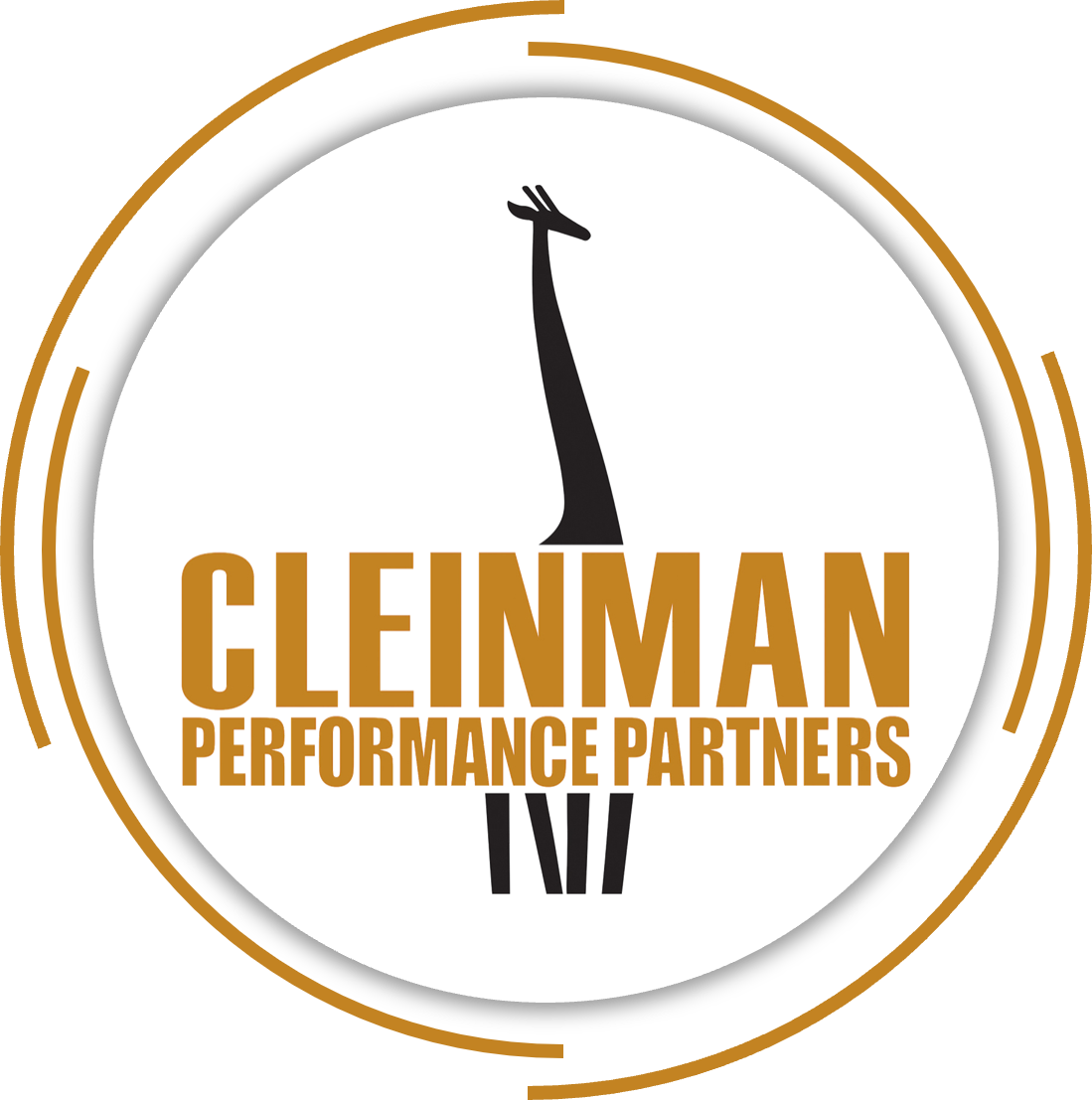 As the CEO of my firm, I consider myself an investor. Like any other business owner, I control balance sheet assets in the form of cash, equipment, facilities and inventory. Like others, I also employ off-balance sheet assets in the form of my team. My job as CEO is to invest my cash in the right way; to take care of my assets such that they’ll be around for the long haul, both in terms of deploying and maintaining hard assets but also in terms of properly developing and leading my most important assets, the individual members of my team. The bottom line is that the CEO’s role is to manage assets in such a way as to realize a return on investment (ROI). It’s a big job and a big responsibility. Not only are our respective livelihoods dependent on our investment success, but so too is the well-being of all of the individuals and firms who have hitched themselves to our respective wagons.
As the CEO of my firm, I consider myself an investor. Like any other business owner, I control balance sheet assets in the form of cash, equipment, facilities and inventory. Like others, I also employ off-balance sheet assets in the form of my team. My job as CEO is to invest my cash in the right way; to take care of my assets such that they’ll be around for the long haul, both in terms of deploying and maintaining hard assets but also in terms of properly developing and leading my most important assets, the individual members of my team. The bottom line is that the CEO’s role is to manage assets in such a way as to realize a return on investment (ROI). It’s a big job and a big responsibility. Not only are our respective livelihoods dependent on our investment success, but so too is the well-being of all of the individuals and firms who have hitched themselves to our respective wagons.
Like any investor, my primary tool for deciding how to best utilize my firms’ assets is information. As the saying goes, “information is power.” Over the years, I have invested heavily in my information systems; be they accounting or benchmarking oriented. In our firm, financial management is a vice-president level responsibility. As a result, I know the current and projected financial performance of my business at the touch of a button. I’ve learned long ago that most stress is the result of a lack of information. Even in tough times, it’s easier to work with the known vs. the unknown.
Now, I’m pretty good with numbers and I know accounting and financial management. Indeed, I’ve operated as a Chief Financial Officer in the past. But, even though I’ve a solid financial background, I rely upon others to do the work. Said another way, I think of the financial management role in my business as you likely do with patient care…your job isn’t to collect data, but to interpret it.
But for most of my readers, I’m confident that your financial control system is seriously lacking. Many of you have poorly organized books; and many of you do your own bookkeeping. Many of you are stressed and struggle with cash flow; even as your business thrives on paper. Most of you operate on cash basis accounting, which distorts your reality. And many of you don’t have a clue as to how profitable your business really is; since you operate your business like a personal bank and focus your financial management on the avoidance of taxes. And now, with ever-more anemic profit margins resulting from the further penetration of vision plans, some of you are operating in crisis mode.
As the CEO of your enterprise, it’s time to get out of the bookkeeping business and into the investment business. Your business activities must be built on solid financial information and that information comes at a cost. At Cleinman Performance Partners, we invest approximately 3% of our current revenue on our accounting and financial management functions. That investment, as a percentage, will dramatically reduce as we grow, but it’s a significant investment for a small company. As a result, my entire team manages for bottom-line performance as their bonus structure is directly tied to the economic performance of our enterprise. Every single member of our team has an understanding of how their individual function impacts our bottom line. In order to be able to manage their responsibilities, they have to have information. Good information. In my opinion, this investment is money well spent. Indeed, I believe that it’s the best investment I’ve ever made. As a result, I don’t stress about financial matters because I have a clear understanding of from where our revenue comes and to where our expenses go. I not only know what happened, but more importantly I know what tomorrow looks like. I have good information at my fingertips and the support team to develop it.
Most eyecare retailers are experiencing eroding profit margins, the result of increased penetration of vision plans. In this environment, having a rock-solid financial control system that delivers the information you and your team need to manage for profit is increasingly critical. The time is now to make a change.
As I have stated in the past and in other venues, the time is way overdue to invest in your financial control system. Indeed, I believe that investing in your financial control system should be your top priority. Yes, building and maintaining an accurate financial control system involves an investment of both time and money. But the information that you glean will provide you with the necessary accurate and timely data from which you can make better, more effective decisions. The investment will provide an outstanding ROI and you’ll dramatically reduce your financial stress levels.
Here are some actions to consider:
a) Make implementing an effective financial control system a top priority for the coming year.
b) Retain a top-notch accountant who understands the difference between taxation and controllership. If your accountant only speaks “tax,” then get a one who speaks the language of effective controllership.
c) Operate your business on the accrual method of accounting. Track inventory, receivables, payables and vision plan write-offs. Let your accountant file taxes on cash basis. It’s an easy adjustment.
d) Get out of the bookkeeping and check-writing business!
e) Develop a budget and use it to guide your decisions
f) Practice Open Book Management. Share the burden of management by assigning specific line item management to individual staff members.
g) Separate your discretionary expense items out of your Income Statement by hanging them on the balance sheet as “Loan to Officer.” You can flush them to expenses during your year-end closing process. Your objective is to produce an income statement that tells you what’s really going on in your business.
h) Pay yourself a salary equivalent to what it would cost to replace your efforts.
i) Track write-downs and discounts as a reduction in revenue. Vision Plan write-offs are your largest expense category.
j) Generate Income Statements, Cash Flow Statements and a Balance Sheet within 15 days of the end of each month. Study your performance against prior year and budget.
k) Put your team on a bi-weekly payroll system with pay periods ending on the 15th and last day of the month. That provides for a clean end of month closing and smoother cash flow.
l) Install an incentive system that pays for performance.
m) Invest in learning how to interpret your financial statements.
Many years ago, I had a mentor who taught me that “if you look at numbers long enough, they’ll start talking to you.” Let the numbers do the talking in your practice and you’ll uncover opportunities you never knew existed.
